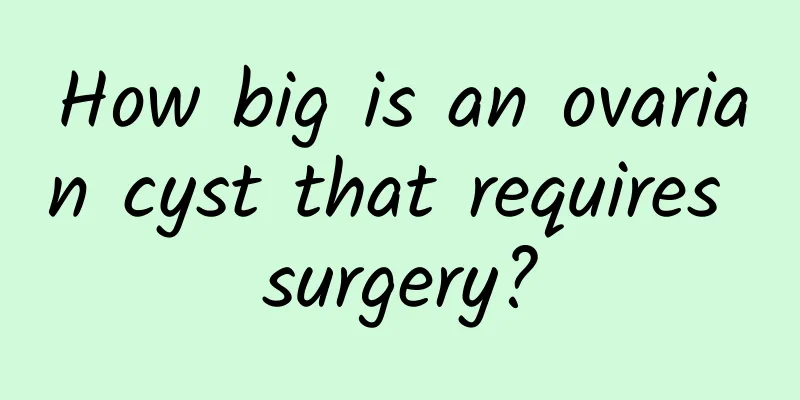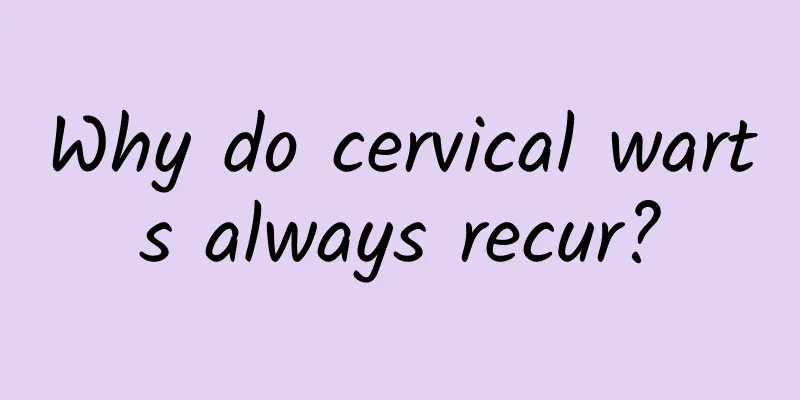Do I need to have my uterus removed if I have cervical precancerous lesions?

|
Cervical precancerous lesions generally refer to cervical intraepithelial neoplasia. Whether or not a hysterectomy is needed depends on the severity of the disease. If the patient has low-grade cervical intraepithelial neoplasia or high-grade cervical intraepithelial neoplasia without invasion, follow-up observation can be performed and hysterectomy is usually not required; however, if the patient has high-grade cervical intraepithelial neoplasia with invasion, a hysterectomy may be required. 1. Low-grade cervical intraepithelial neoplasia: If the patient is found to have only low-grade cervical intraepithelial neoplasia during examination, and there is no continuous progression or deterioration, and there are no other malignant tumor diseases after TCT and HPV combined screening, then interferon drugs can be used for treatment under the guidance of a doctor, such as polyethylene glycol interferon α2b injection, human interferon α2b gel, etc. At this time, there is no need for surgical treatment, so it will not affect the normal reproductive function, so the uterus will not be removed. 2. High-grade non-invasive cervical intraepithelial neoplasia: For some women who want to have children, if it is due to infection with human papillomavirus causing high-grade non-invasive cervical intraepithelial neoplasia, but do not want to undergo a total hysterectomy, they can also choose conservative treatment methods to improve, such as taking antiviral drugs as prescribed by the doctor. Commonly used drugs include acyclovir tablets, ganciclovir dispersible tablets, etc., and can also be combined with local physical therapy methods, such as laser therapy, microwave therapy, etc. These methods can effectively control the disease. 3. High-grade cervical intraepithelial neoplasia with infiltration: If the patient's condition is serious and has developed into high-grade cervical intraepithelial neoplasia with obvious infiltration, timely treatment such as total hysterectomy and bilateral salpingo-oophorectomy is required to avoid delaying the disease and causing serious consequences. 4. Other situations: If the patient also suffers from other gynecological diseases, such as vaginitis, pelvic inflammatory disease, etc., and cervical intraepithelial neoplasia is caused by the above types, it is also necessary to go to the hospital in time for treatment and actively cooperate with the doctor for targeted treatment. For example, vaginitis can be treated with metronidazole suppositories and other drugs as prescribed by the doctor. It is recommended that such patients pay attention to personal hygiene and wash their underwear frequently to avoid bacterial growth and inflammation. In addition, they should also have regular checkups to understand their physical recovery. |
>>: Contraceptive pills and abortion: Which is more harmful to the body?
Recommend
When can uterine fibroids be operated on? How does traditional Chinese medicine treat uterine fibroids?
Many women will talk about "tumors". In...
How long can women have sex after cervical erosion surgery? Women should pay attention to these when having sex after cervical erosion surgery
Cervical erosion is a very common gynecological d...
Can’t stop eating French fries and potato chips before going to bed? Can’t control your cravings? 4 Tips to Effectively Suppress Appetite
Why do some people always like to eat snacks befo...
What are the precautions for uterine myomectomy?
Correctly understanding the precautions of hyster...
What are the causes of dysmenorrhea?
Nowadays, many women have dysmenorrhea. In fact, ...
What topical medication is good for diagnosing chronic cervicitis? Teach you how to use medication correctly to treat chronic cervicitis
Chronic cervicitis can be better controlled by ex...
Worried about weight gain and indigestion after eating rice dumplings during Dragon Boat Festival! Nutritionist: 3+4 tips for Dragon Boat Festival, eat zongzi healthily without gaining weight
The Dragon Boat Festival is coming soon. We are c...
Why do you gain weight rapidly in winter? 4 tips to keep in shape
The cold weather is perfect for curling up on the...
Lose weight this way! 5 exercises to effectively train muscle strength
When doing strength training, I want you to think...
Do you still need to eat starch to lose weight, otherwise you will easily gain weight again? Nutritionist Cheng Mingwei: Master 4 starch weight loss techniques
People who are trying to lose weight seem to have...
How to treat third-degree cervical erosion in women? How to treat third-degree cervical erosion in women?
How to treat third degree cervical erosion? Cervi...
What precautions should be taken for people at high risk of ectopic pregnancy?
The high-risk groups for ectopic pregnancy mainly...
Brief analysis of the causes of chronic pelvic inflammatory disease
Chronic pelvic inflammatory disease is a common t...
Resveratrol works! Eat more grapes and mulberries to get rid of fatty liver!
What would you do to end the modern civilization ...
What tests are needed for pelvic effusion 23MM?
Pelvic effusion is divided into physiological eff...









